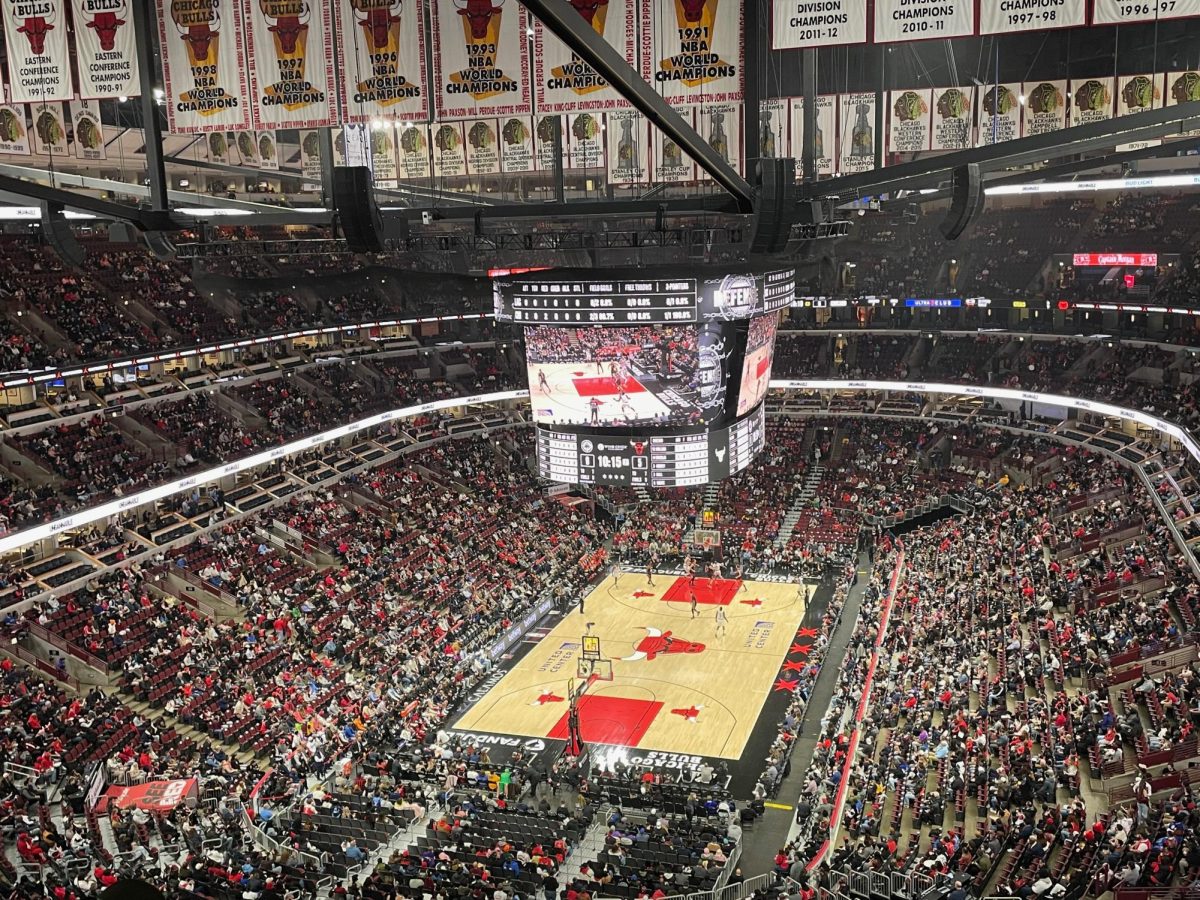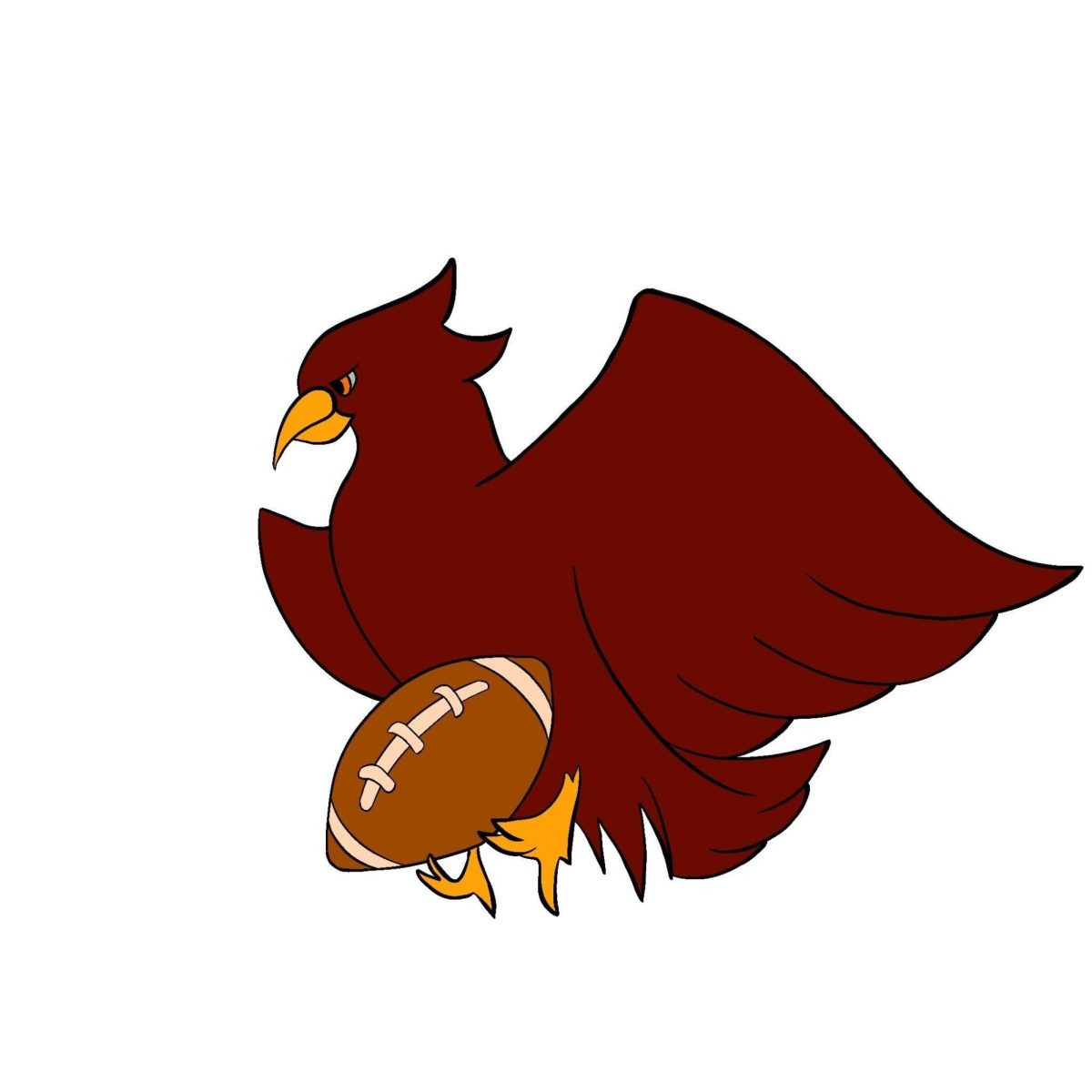Any team that is able to earn four postseason berths in as many years and extend their run to the Final Four twice is almost certainly going to feature a serious depth of talent. When a trio of All-Americans can somehow stand out among such a group of great players, that is a true sign of excellence.
Representative of the well balanced program that has had nearly uninterrupted success, each All-American brought her own distinct style to the team. Striker Renee Neuner’s collar-flipped-up, composed play was in distinct contrast to midfielder Jacqui de Leon’s explosive grace along the sidelines and center defender Diana Connett’s bulldozing, striker-flattening defensive command.
But no matter the individual combination of effort, technique, or athleticism these three put out on the field, they could always be counted on for one thing: getting it done.
“There was no shutting Diana out of a game. There was no shutting Jacqui out of a game. And there was no shutting Renee out of a game,” head coach Amy Reifert said. “And that’s the sign of players truly at the next level.”
Connett often stopped attackers single-handedly and haunted their peripheral vision as she covered both the ground and air. Even when she would miscalculate and charge a ball too soon, her determination and aggressiveness ensured that she would still win it. She was only one part of an air-tight back five that was truly greater than the sum of its parts, but in many ways she was the one who made the most noise. Set the pace. Leveled a striker “if need be.”
“It had a lot to do with my first year. The seniors then were really aggressive during practice,” said Connett, acknowledging her development into a fearsome force. “They were a little thicker than most of our class is, so we really just had to hold our own. Playing in college you’re playing against bigger, faster, stronger girls, so you just have to acknowledge that and step up.”
If those humbling first practices directed Connett, her third-year injury probably put everything together. Hampered by ankle problems, the driven center back missed the only four games of her career, including the season-ending postseason loss to Wheaton (IL). Connett’s view from the bench helped her understand exactly how she complemented her backline mates. While center back Elise Aiken was spot on with her tackles, and fullbacks Kay Saul and Ellen Fitzgerald were masterful one-on-one, it was Connett who could give the spark.
“The louder a mark a kid can leave on the field, the more dangerous they are,” Reifert said. “Diana left a mark even if she didn’t get the ball. Everybody knew she was on the field, what she was capable of. Her ability to step through and win a 50-50 and get everybody fired up was just incredible.”
If Connett was at times the uncontrolled dynamite, de Leon was the calculated assassin that could pick away and frustrate defenders step-by-step before taking advantage of their deflated egos with superior play. Though her speed and technique were as explosive as anybody’s, her overall effect was much larger than any single run down the line or seam-splitting through-ball. Chicago’s right-side attack should probably thank de Leon for the extra meters of space she generated for them, as defenses cheated toward her side.
Still, it didn’t matter what opponents tried to take away from her; one scissor-step-over-the-ball move late,r and she would suddenly have a wide-open sideline and a scrambling center back. Then there would be the seam and a charging Neuner. Everybody knew it was coming. Nobody could stop it.
“Jacqui is a consummate player. She is smooth, efficient with her touches, reads the game so well. She’s dangerous every time she touches the ball,” Reifert said. “We often laugh that Jacqui was the pass before the pass that scored the goal. We scored very few goals that didn’t go through her. Everybody knew we wanted Jacqui to touch the ball, and she continued to play a bigger role than ever.”
Whether up or down by three goals, de Leon was relentless, pouring in the same day-to-day, minute-to-minute effort that made her workouts, practices, and other activities so productive. Her competitiveness undoubtedly made her one of the fittest players on the pitch, but it also made her one of the mentally strongest, an enduring example for years to come.
That drive may have been most apparent in her third year as she battled through a broken arm, missing two games before playing with a padded cast for the second half of the season. Two performances stand out, despite being relatively innocuous in the final results. Her October 23, 2004 authoritative header of classmate Monica Michelotti’s cross remains her most memorable, and likely most impressive, play. A month later in the playoffs against Wheaton (IL), de Leon was the engine that fought all 90 minutes in a fairly one-way 3–0 loss. Her vocal leadership as a senior was merely the tip of her example.
Even though she came to the program four years ago as a prime-time player, de Leon’s biggest improvement came with her improving confidence. She showed that she had the overall mentality from her first season, but as she gained confidence in her specific strengths, she learned how to take over games. She ended up doing so to the tune of 15 goals and a school-record 29 assists.
“I know that I grew each and every year, and I think that I still am even now,” de Leon said. “But especially in my decision making, I got infinitely better on the outside and attacking goal. I know I can take people on with ease and just became more confident one-v-one, keeping the ball until someone would step and then slotting it across.
“I didn’t score many goals like that my first two years because I would just get rid of the ball too soon. But as an upperclassman this year and last [I] really got a hang of taking people on the sideline and taking opportunities.”
If there was just one example of “getting it done” on this team, however, it would have to be their most heralded player, Neuner. On a team that often had more finishing problems than many would like to admit, the star striker found the back of the net better than anyone the Maroons have had or played against. Some have it; some don’t. Neuner was a natural.
“Renee is one of the best goal scorers I’ve ever seen just in terms of pure finishing and composure in front of the net. She just has a knack for scoring goals,” de Leon said. “She may not be the best defender, and I don’t think she’d ever claim that was her job. I don’t think she would claim she has the best shot ever—she has a pretty good toe ball, though—but there are some players who are unaffected by the craziness in front of the goal.
“I loved playing up top with her because I knew I could connect and count on her to make things happen. She’s a dynamic force on the field.”
While some Maroons had their share of awe-inspiring, top-corner, net-burning goals, Neuner’s tallies were often an exercise in simplicity. She knew whether to go for the near or far post and could turn-and-chip with ease. She could switch feet effortlessly and shoot with any part of her foot to push it by a helpless keeper.
At times she would disappear for much of a game, but if she got the one opportunity, she would more than likely make it. While Connett and de Leon were prime examples of players who built the minute-by-minute foundation, Neuner was the one who often made it all worth something. She did so some 93 times (78 goals, 15 assists) in 82 games. It’s hard to imagine anybody approaching that 171-point total.
“A finisher is not a dime a dozen. It is a special talent and a special commodity,” Reifert said. “The beauty of it is that Renee could win a game for us 1–0 with 15 seconds of brilliance. Granted someone had to get her the ball, but the most important moments of brilliance were getting the ball in the back of the goal.”
Neuner, like both de Leon and Connett, missed a few games in her second year and grew some because of it. Her first goal in her return from a leg injury was at the time one of those plays that reminded her how fun the game was for her. As part of her 2003 Division III Player of the Year season, there were a lot of things to celebrate.
Make no mistake about the trio’s field smarts, however. The physicality, composure, speed, and technique were all secondary to their understanding of the game, a sort of learned but natural knack for soccer. The ability to consistently perform in an unprecedented number of high-pressure, big-stage games was the most direct product of that understanding. Others not only benefited from their example but also from the well timed flicks, runs, and tackles.
But even though this trio, and the entire 13-player class, gelled both on and off the field right out of the gate back in a 2002 playoff run, each year brought more experience with bumps and bruises, highs and lows. It also brought a certain familiarity with Reifert’s system and with each other to the point where de Leon could know where Neuner would be before Neuner herself did.
“A lot of little things are just so clear,” de Leon said. “Like me taking the ball down the sideline, cutting down the line, and putting the ball through the seam to Neuner. Playing with Ellen [Fitzgerald], dropping back to help her out and have her win the ball in the air. Little things like that were just so familiar—the flow of the play.”
In many ways, 2006 will be remembered as the year of women’s soccer, the period on four years of dominance, and ultimately the passing on to a new guard. It was the product of a number of good, great, and excellent players, of which the three All-Americans were just the exemplary tip. In fact, when players like Saul or Randi Leppla could be an 11th man or at times, the squad’s top performer, it’s clear that no single individual or trio was the team.
Now having seen how to work at and play the game, a new class has to find its combination of leaders and supporters, aggressors and scorers. Just as they made their mark directly on the field and scoreboard, this class will be one that has a lasting impression for the years to come.







